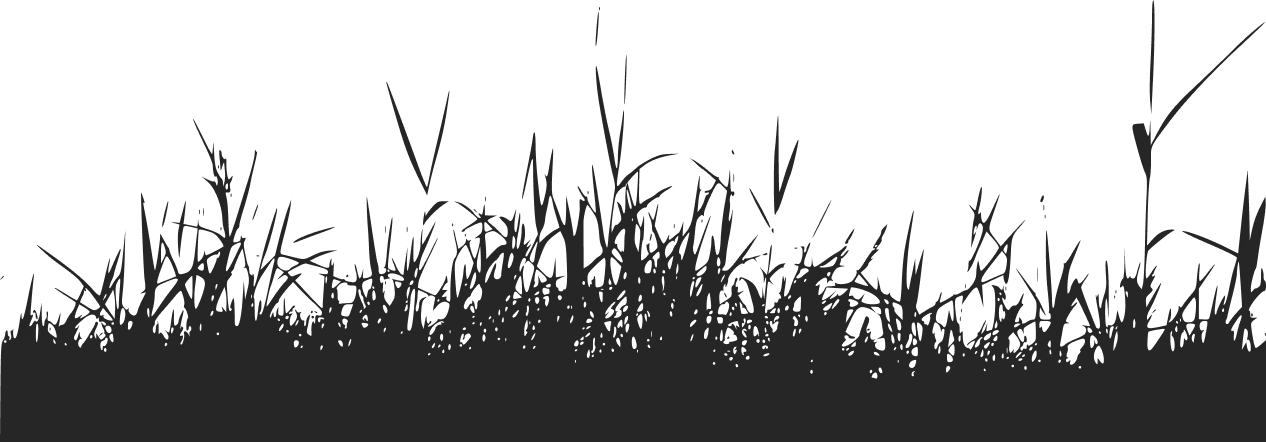


BRIGHTON HEADQUARTERS
NEBRASKA OFFICE
FORT COLLINS OFFICE
Bird Conservancy’s headquarters are located at the Old Stone House Environmental Learning Center at Barr Lake State Park in Brighton, Colorado, approximately 15 miles northeast of Denver. The office is typically open 9 a.m. to 5 p.m. weekdays. The park is an important stopover for birds migrating along North America’s Central Flyway and a favorite spot for birders. Bird Conservancy guests will need a Colorado State Parks pass or guest pass to park at the Old Stone House. Guest passes are available in our office.
Bird Conservancy of the Rockies is a nonprofit, tax-exempt charitable organization under Section 501(c)(3) of the Internal Revenue Code.
Donations are tax-deductible as allowed by law.

TAX & PRIVACY
Bird Conservancy of the Rockies is a Colorado-based 501(c)3 nonprofit EIN 84-1079882. CO ID #98-08556-0000.